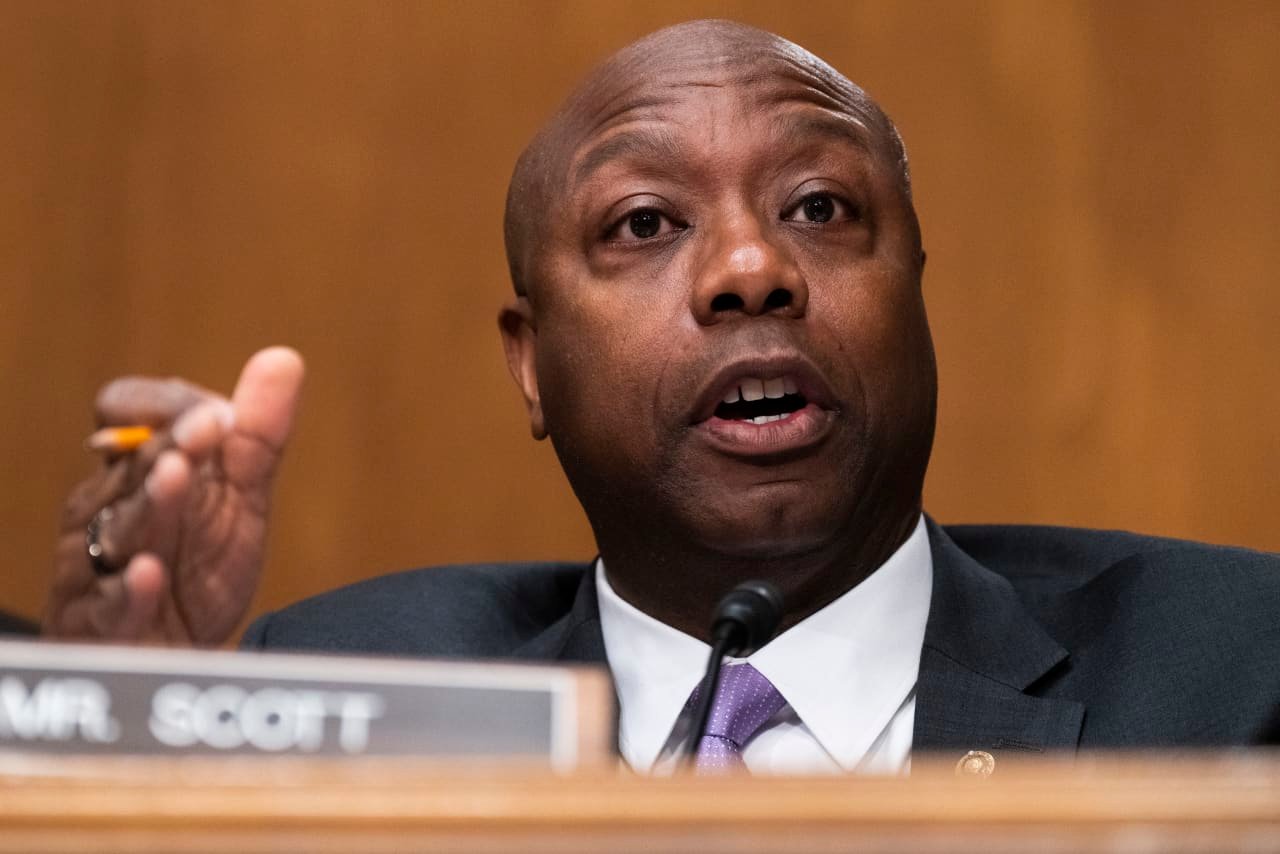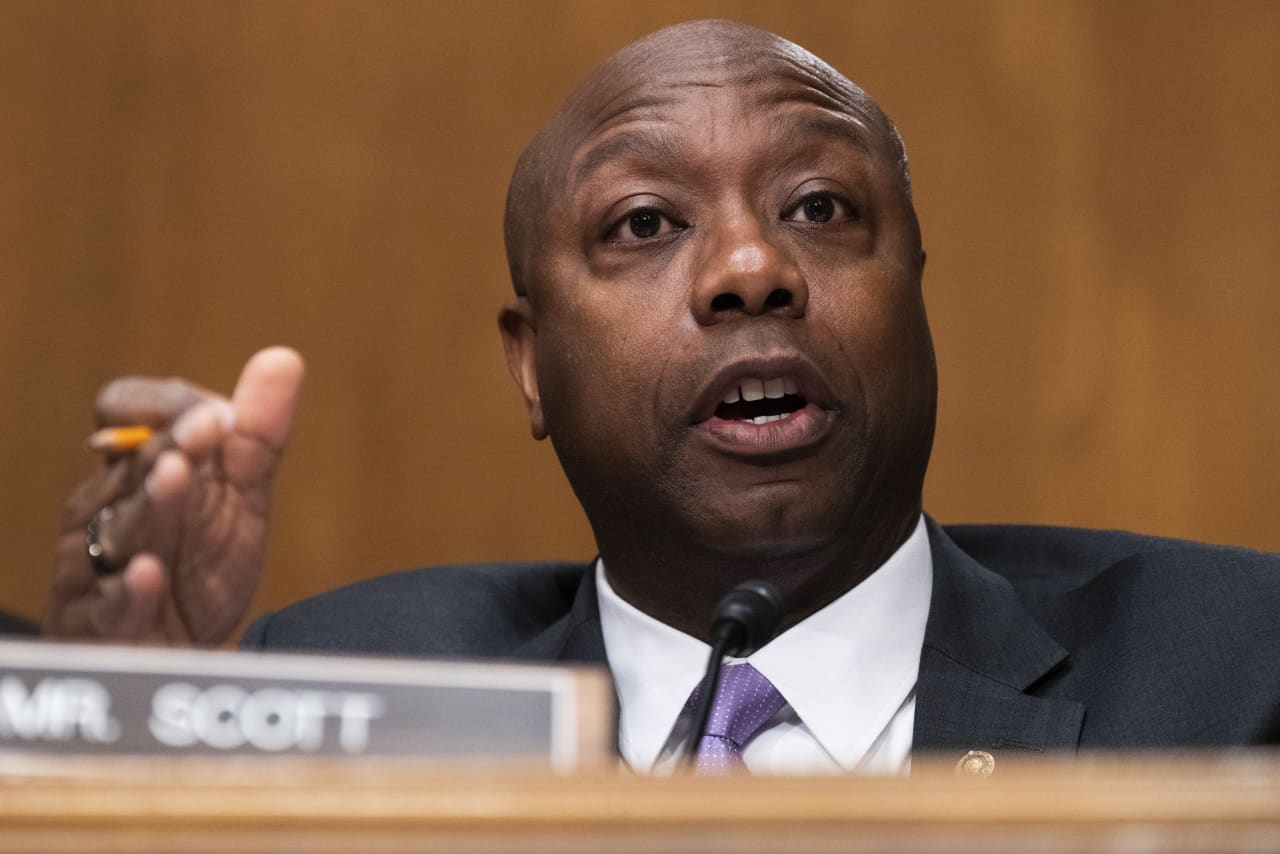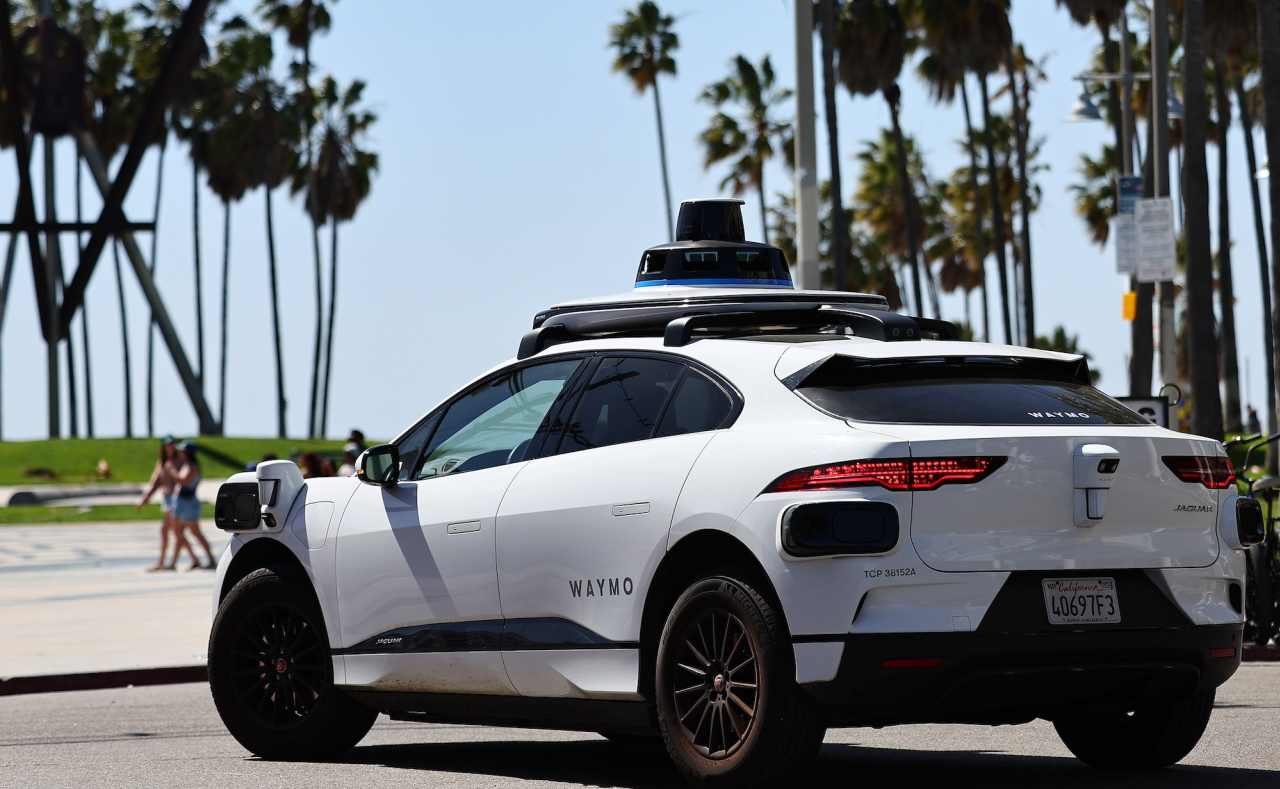
MARKET
GOP says Biden administration is using crypto as a ‘scapegoat’ for foreign-policy failures
The digital-asset industry and its allies in Congress on Tuesday criticized the Biden administration for blaming cryptocurrency for its failures to prevent the flow of funds to foreign adversaries supporting terrorism, drug trafficking and other illegal activities.
Source link





